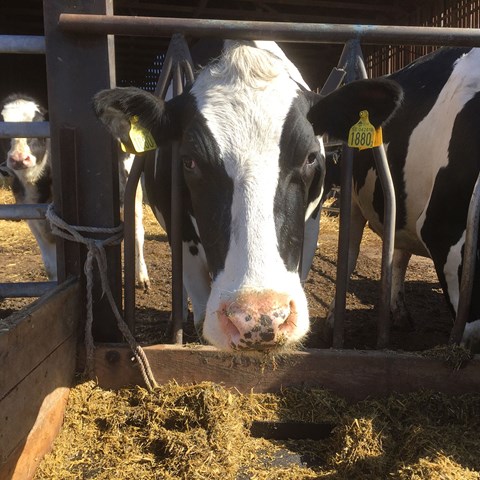Simulation studies show that it is more sustainable from several perspectives to keep the cows longer. By improving the health and fertility of the dairy cows, the lifespan can increase up to 3.8 lactations, i.e. one year longer than average in Swedish herds today. Increased lifespan results in reduced environmental impact through less emissions of methane and is more profitable for the farmer as fewer recruitment heifers are needed. Milk quality does not deteriorate if the cows get a little older.
A Swedish dairy cow lives an average of five years. After only 2.6 lactations, she is taken out of production for various reasons and goes to slaughter. Longer life for the cows should be more sustainable. This is the hypothesis that the researchers in the SLU project have worked with under the leadership of Mikaela Lindberg in collaboration with colleagues at Växa. They investigated both profitability and methane production, but also the processability of the milk as the cows get older.
Longer lifespan = increased durability
Simulation studies have been done on aHolstein herd with the simulation tool SimHerd, in collaboration with colleagues at Växa and Aarhus universities. The researchers have produced eight different scenarios in which the effect of herd status and recruitment strategy on the amount of meat and milk, the amount of methane and the profitability of the herd was investigated.
Read more on the Swedish version of this page.
Project leader:
Mikaela Lindberg
mikaela.lindberg@slu.se
Telephon: 018- 67 10 13
Organisation: Swedish University of Agricultural Sciences
